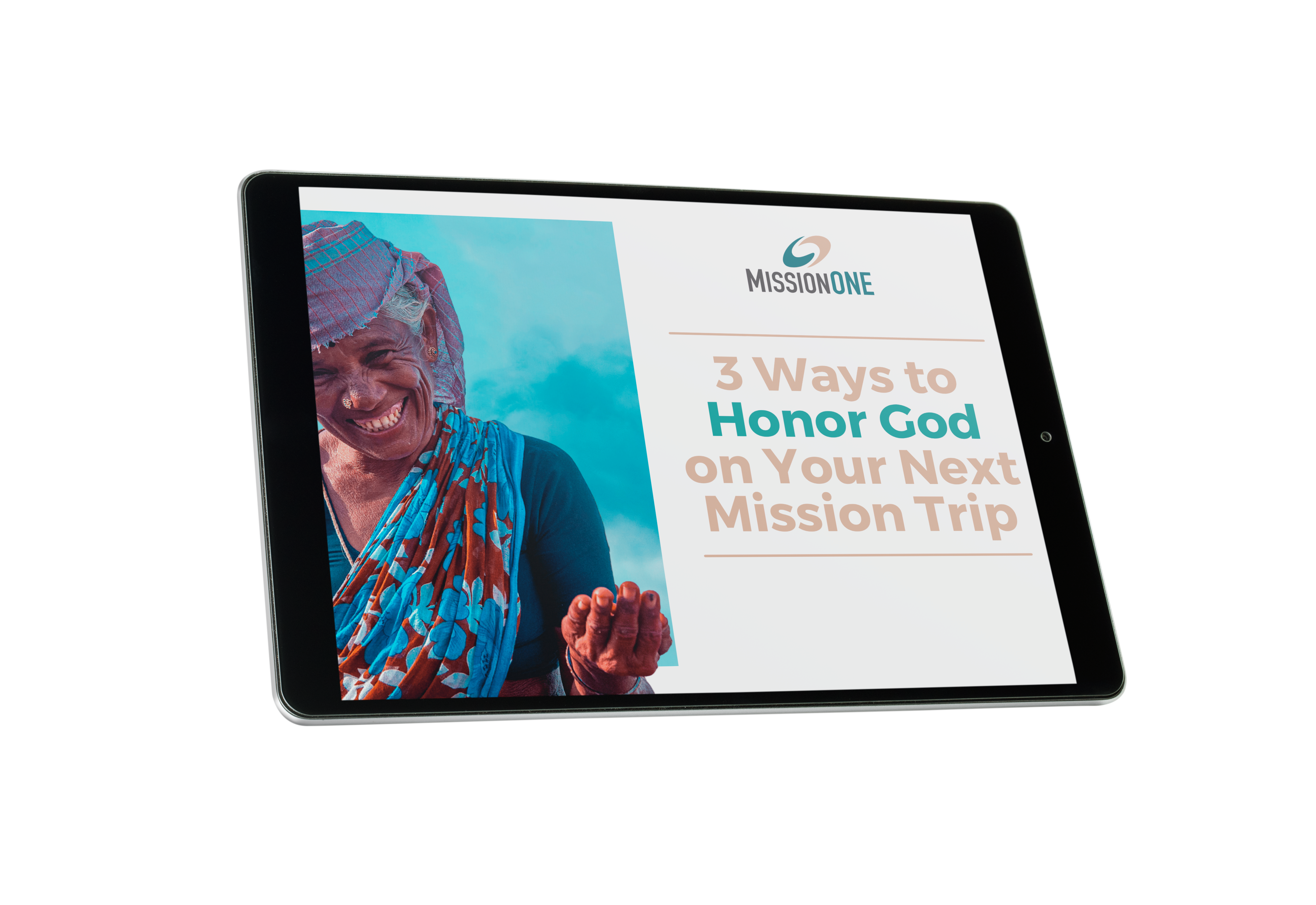“We want to plant healthy churches in places there are none.” – Mission ONE Partner, Nepal.
Mission ONE has the privilege of working in more than 21 countries all around the world, partnering to end poverty and make communities more like the Kingdom of God. Whether it’s with a women’s co-op in Kenya or with the indigenous Chepang people in Nepal, we always keep in mind the vision to “seed” all of our long-term community development in the vision of a local church.
With God’s grace, we have seen how locally-sustained development is the key to discovering hope, overcoming barriers, and ultimately transforming the community itself.
As we’ve explored through our blog series, Mission ONE’s work with the Chepang or “Cave People” community in Nepal began with building sustainable housing for 175 families and planting a church, and resulted in a growing microeconomy of goat-breeding.
The community of believers continues to grow, overflowing into a second church that now has more than 60 families.
In Nepal, Mission ONE’s work with the Cave People falls under a larger umbrella of projects called “Chou Tarphy Bikash” in Nepali or in English, “holistic development,” which focuses specifically on the most vulnerable villages and uses multifaceted approaches to support both physical and spiritual development. Ultimately, it is up to the local church to define the needs of its community, coming up with specific, tailored solutions.
For example, when Mission ONE partners were debating how to best complement the “in-house” skills of the Cave People, they learned that some community members already knew how to raise goats. In addition, rather than needing to provide an excess abundance of goat feed, they looked to the natural resources around them. Miraculously, the Nepalese jungle habitat where they live had a plethora of wild fodder trees that were perfect for the goats to graze on.
Now, more than 125 families have received two goats— which provide a sustainable income.
Every morning and night, families caravan over to the jungle to let their goats eat the bark of the trees and get their nutrients – free of charge!
Because the goat livelihood program was initiated by the Cave People themselves, there was a spirited energy amongst community members when they saw that they were able to sell milk, dairy, and goats themselves in the market to support their families. Soon, the Cave People even started their own savings groups to weather hard times and practice financial stewardship. They decided together that each family that received a pair of goats would pay the council 0.50 rupees, which would serve as insurance to cover any emergencies, medical fees, or other goat-breeding needs that would arise for participating families.
Over time, Mission ONE has been encouraged to bring this development approach of starting with the church to some of the other 3,900 communities throughout Nepal. Like the Cave People, many of these groups are remote, located at high altitudes, and disconnected from the rest of society: more than 80% of the population lives outside of an urban setting.
As we reach the ends of the earth, we know that it’s when communities supported by a local church rise up out of poverty, the impossible can happen.
This quarter, we are featuring the Cave People in an in-depth series exploring Mission ONE’s impact in Nepal through local partners. Learn more about other Mission ONE projects here.
Search the Blog
Free Resource

3 Ways to Honor God on Your Next Mission Trip
We're sharing three things you should consider before you organize or participate in an international mission trip, seek to do work in the multicultural neighborhood in your own city, or embark on any cross-cultural partnership.

